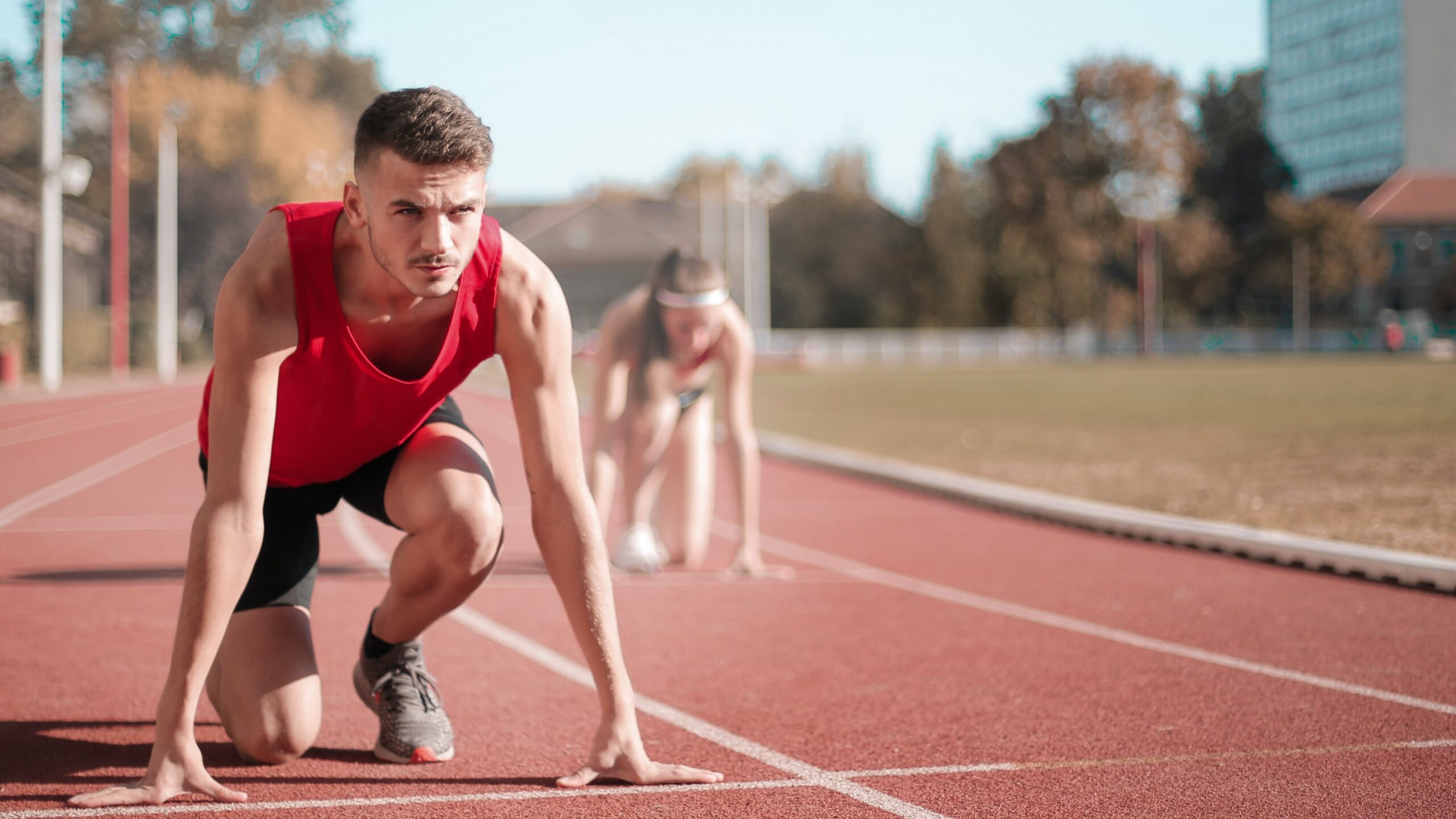As a runner, you know that it takes more than just running to reach your full potential. Cross training can help you build strength, prevent injury, and improve overall performance. But what types of cross training are most beneficial for runners? In this article, we’ll explore some of the most effective cross training activities that can help you become a better runner.
Cycling
Cycling is a low-impact exercise that can be a great complement to running. It is an effective way to build cardiovascular endurance, leg strength, and overall fitness. Cycling also helps improve your running posture and technique by strengthening your core muscles. Additionally, cycling can be a great way to recover from an injury or prevent one from occurring.
Swimming
Swimming is another low-impact exercise that can help runners build cardiovascular endurance and overall fitness. It is an excellent cross training activity because it works different muscles than running, which can help prevent overuse injuries. Swimming is also great for improving lung capacity and breath control, which can translate to better running performance.
Yoga
Yoga is a great cross training activity for runners because it helps improve flexibility, balance, and strength. It can also be a great way to reduce stress and improve mental focus. Yoga can help runners prevent injury by increasing their range of motion and correcting imbalances in the body. Additionally, yoga can help improve running posture and form.
Strength Training
Strength training is an essential part of any runner’s training plan. It helps build muscle strength, which can improve running performance and prevent injury. Strength training exercises can include bodyweight exercises, resistance band exercises, or weightlifting. It is important to focus on exercises that target the muscles used in running, such as the glutes, hips, and core.
Pilates
Pilates is another low-impact exercise that can help runners build strength, flexibility, and balance. It is an excellent way to strengthen the core muscles, which can improve running posture and reduce the risk of injury. Pilates exercises can include movements that focus on the glutes, hips, and core, which are important muscle groups for runners.
Rowing
Rowing is a full-body workout that can help runners build endurance and strength. It is an effective way to build cardiovascular fitness and strengthen the upper body, back, and core muscles. Rowing can also help improve running posture and form by strengthening the muscles used for good posture.
CrossFit
CrossFit is a high-intensity workout that can be an effective cross training activity for runners. It involves a combination of strength training and cardio exercises, such as running, rowing, and jumping. CrossFit workouts are designed to improve overall fitness and can help runners build strength, endurance, and agility.
Hiking
Hiking is a great way to get some cross training in while enjoying the outdoors. It can help build leg strength and endurance, which can translate to better running performance. Hiking also helps improve balance and coordination, which can help prevent injury. Additionally, hiking can be a great way to mix up your training routine and prevent boredom.
Dance
Dancing is a fun and effective cross training activity for runners. It can help improve flexibility, coordination, and cardiovascular fitness. Dancing also helps improve rhythm and timing, which can translate to better running performance. Additionally, dancing can be a great way to reduce stress and improve mental focus.
In conclusion, there are many different types of cross training activities that can be beneficial for runners. The key is to find activities that complement your running routine and help you achieve your fitness goals. By incorporating these cross training activities into your training plan, you can improve your overall fitness, prevent injury, and become a stronger, faster, and more efficient runner.
While the above mentioned cross training activities are all beneficial for runners, it is important to note that not all cross training activities are created equal. Some activities may be more effective for certain runners than others, depending on their individual goals and fitness level.
For example, if you are a beginner runner, low-impact exercises such as cycling, swimming, and yoga may be a better starting point than high-intensity workouts like CrossFit or dancing. On the other hand, if you are an experienced runner looking to improve your speed and endurance, high-intensity workouts may be more effective.
It is also important to vary your cross training activities to prevent boredom and burnout. Incorporating a mix of different activities can help keep your workouts fresh and challenging, and prevent overuse injuries.
In addition to the specific types of cross training activities mentioned above, there are some general principles that can help guide your cross training routine. These include:
Consistency – Incorporate cross training activities into your routine on a regular basis, ideally 2-3 times per week.
Balance – Choose activities that target different muscle groups and fitness components, such as cardio, strength, and flexibility.
Progression – Gradually increase the intensity and duration of your cross training activities over time, as your fitness level improves.
Recovery – Allow for adequate rest and recovery between workouts, and listen to your body if you experience pain or discomfort.
Specificity – Choose cross training activities that are specific to your running goals and needs. For example, if you are training for a hilly race, hiking may be a more effective cross training activity than cycling.
Ultimately, the most beneficial cross training activities for runners will depend on their individual goals, preferences, and fitness level. By incorporating a mix of different activities, balancing intensity and recovery, and focusing on specificity, runners can reap the many benefits of cross training and achieve their running goals.

